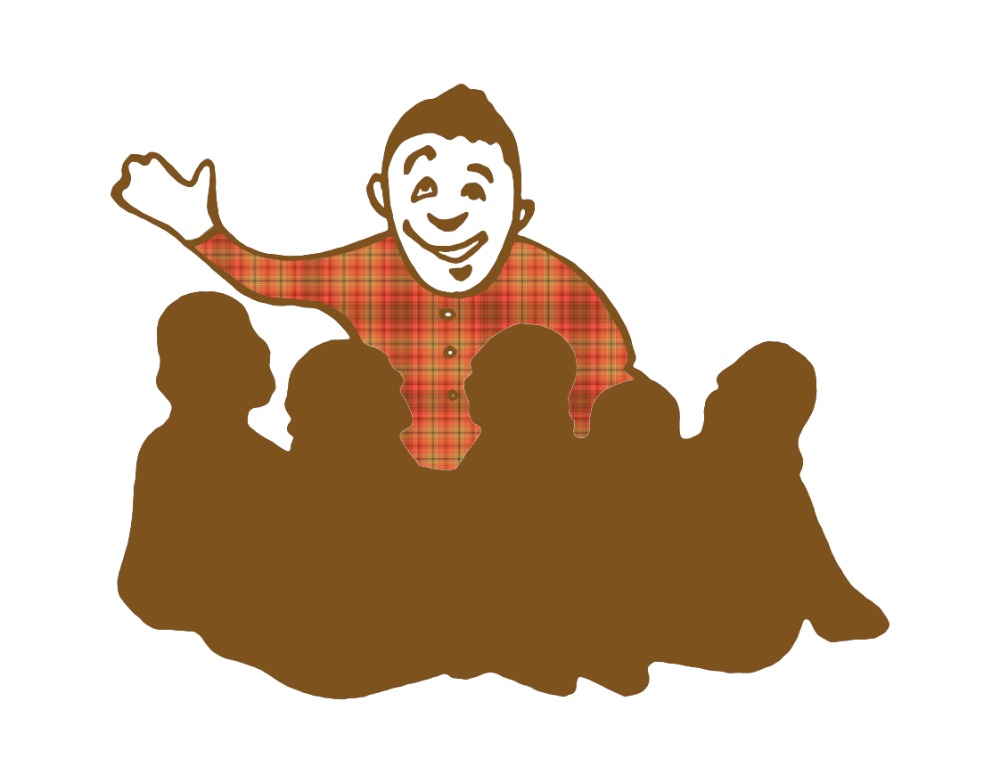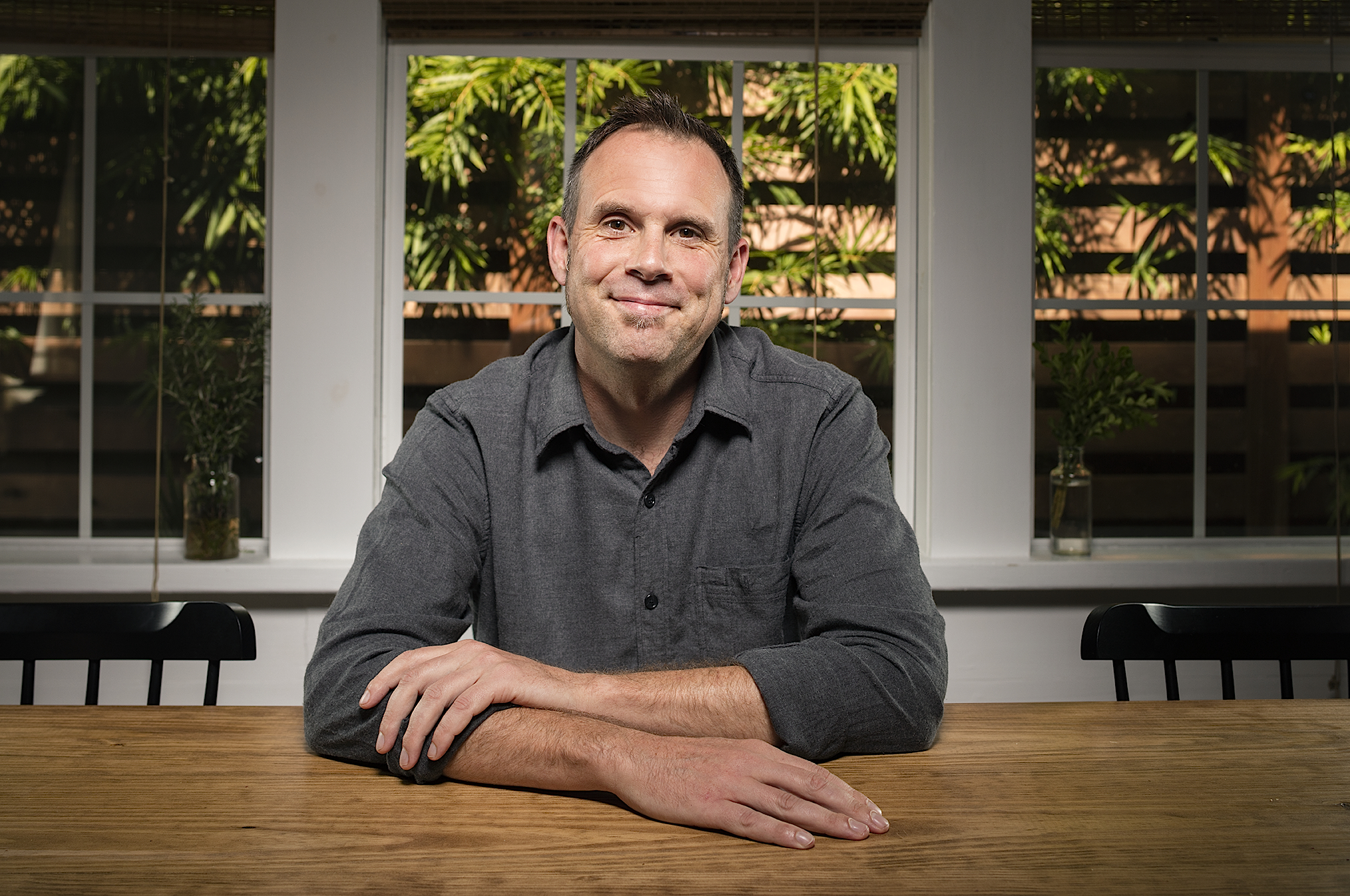An Introduction to Storying
The world is made of stories.
This is not meant to be esoteric or philosophical. It’s just how things are. Stories literally help us understand the world, and have for a long time. About 30,000 years ago, humans were trying to make sense of their lives in the form of cave paintings. Today, cave paintings have become digital recordings that we listen to on supercomputers in our pockets. Why are we still drawn to storytelling after all these millennia? Scientists have now discovered that reading about experiences in books lights up the brain in the same way that physical experiences do — there’s no distinction. Regardless of how we consume stories, they do the same thing they always have: They provide meaning to our own lives and allow us to make sense of the things around us. That’s why navigating the world means navigating stories.
The language of children is storytelling.
Every parent and teacher has experienced this to be true. If you have doubts, look to the nearest child and say, “Once upon a time.” You will see that you now have their full attention, no matter what they were doing a moment before — because you are now speaking their language.
If the language of children is storytelling and the world is made of stories, then the most powerful person in the world … is the storyteller.

Well I have good news: You too can be a master storyteller in a world made of stories by following four straightforward steps. If you practice these four steps, you will tell transformational stories as effective (if not more so) than those found on the Sparkle Stories website.
The Four Steps
- Pay attention
- Open to affection
- Approach the story
- Allow the story to be told
I call them the four “A’s”—Attention, Affection, Approach, and Allowance. You’ll want to remember them when you begin your practice of Storying.
Now, you have probably noticed that I just used the word “Storying” rather than “Storytelling.” This is not by accident, and I am not trying to be clever. The words mean different things. They are not, actually, interchangeable.
I use the word “Storytelling” when I am talking about the “telling” of a story already crafted. “Storying” is when you craft and tell at the same time. It’s when you make it up as you go. And that’s important, because making up stories as you tell them allows for all sorts of wisdom to flow that gets blockedwhen you come with a pre-crafted story. Making up a story on the spot is exciting and dynamic, and it naturally holds your listener’s attention. It’s like watching live sports or improv comedy. There’s a wonderful lively edge to the experience that offers the listener so much more than something scripted. It’s a magical process that has surprised me many times.

Here’s a look at storying in action.
Let’s say it is bedtime, and you know your child is nervous about a run-in they had with another child at camp. There has been some teasing and now your child isn’t sure about returning to the camp. Should you offer strategies around how to deal with bullies? Should you lecture about how challenges like this are a part of life? Should you explain that most children who tease are actually insecure and might even be lonely?
I don’t recommend it. At least not at first. Your child is in an emotional place, and more words and explanations won’t get through. Images and imagination will.
I recommend leading with a story.
Step One: Pay Attention.
Paying attention means listening carefully, noticing what your child’s face looks like when speaking, and watching the way hand motions alter when the teasing boy or girl is mentioned. It also means paying attention to what your child is wearing and noticing what is in the room — the toys, the books, the clothes. It means listening to the sounds in the room and inhaling the scents. It means paying attention to everything. This is important because the seed of the story you are going to tell will be connected to your child. It’s somewhere in the room. You only need to identify it.
Step Two: Open to Affection.
This is where you choose a seed. You’ve paid attention to everything and now you get to choose how the story will begin. This is not a head thing; it’s not a mental choice. Let your heart decide what the best seed should be. How do you do that? Well, notice when your heart opens just a little—like when you see someone smile in the checkout line or when you spot a bluebird perched on your fence. You will see or hear something and your heart will open just a little. That’s your cue. Notice the opening and then choose. Try not to think about it too much. Your heart knows where the story is hiding. Trust that.
Step Three: Approach the Story.
Here’s the brave part. Just say, “Once upon a time….” You don’t want to consider the story too much. Thinking tends to get in the way of the wiser parts of our brain. It’s best just to jump in, as if you’re jumping into a cold pond. The more you consider jumping, the less likely you are to jump at all.
The moment you say “Once upon a time…”, you can connect with whatever your heart said would make a good seed. Maybe it was your child’s stuffed elephant. Maybe it was the sound of a crow outside. Maybe it was the lingering smell of cinnamon. Use the seed and see what comes out of your mouth.
“Once upon a time, a young elephant named Myron sat next to a tree and waited for his friends to arrive…”
“Once upon a time, a solitary crow flew over a downtown square and noticed something very curious…”
“Once upon a time there lived a baker who specialized in a delicious cinnamon cookie that no one could refuse…”
Step Four: Allow the Story to be told.
This is the most woo-woo, magical part of the process, but also the most important. The reason why I have successfully Storied over a thousand Sparkle Stories is because I have gotten very good at getting out of the way. Ask any author and most of them will say that the characters write themselves and that the story unfolds on its own. Our job is to resist trying to control that process. Call it the flow, call it being a channel, call it whatever you want — it’s a real thing.

Instead of describing what this flow is like, I think it’s easier to describe what it’s not like. Allowing a story to be told is not an intellectual thing, where you consider the trajectory of the story and then direct the narrative in a sensible direction. Allowing the story is not preparing it and honing it and editing it. Allowing the story is not forcing the characters to behave in a certain way so that the narrative moves in a way you think it should move. There are no “shoulds” in Allowance. There is only getting out of the way.
Trust that the nonsense parts of the story are actually important, that the mumbly-jumbly, awkward, wandering trajectory is exactly what your listener needs to hear. The story you end up telling may not feature a character that teases, and it may not have a conclusion with a clear message. That’s okay. You are not performing at Carnegie Hall. You are pulling a narrative out of the sky and landing it for your child like a gift. And that’s exactly what it is: a gift. It’s a gift that says, “I see you, I feel you, and I want to give you something that will help.” And then you get out of the way of the gift, and you trust that your child is hearing what they need to hear in that gift in just the right way.
If you can do that, then you are not only speaking your child’s language, but you are helping to build the world around yourself and your child, one story at a time.
Not yet a subscriber? Try a free trial HERE.
About the authors
-

David Sewell McCann
Story SpinnerDavid Sewell McCann fell in love with spinning stories in first grade – the day a storyteller came to his class and captured his mind and imagination. He has been engaged in storytelling all of his adult life through painting, film-making, teaching and performing. Out of his experience as a Waldorf elementary class teacher and parent, he has developed a four step method of intuitive storytelling, which he now shares through workshops and through this website.



